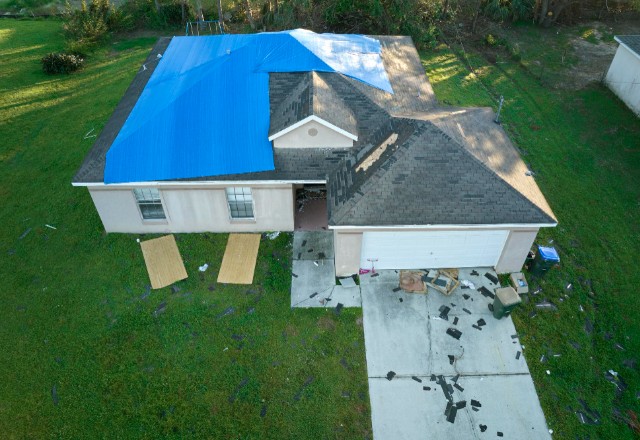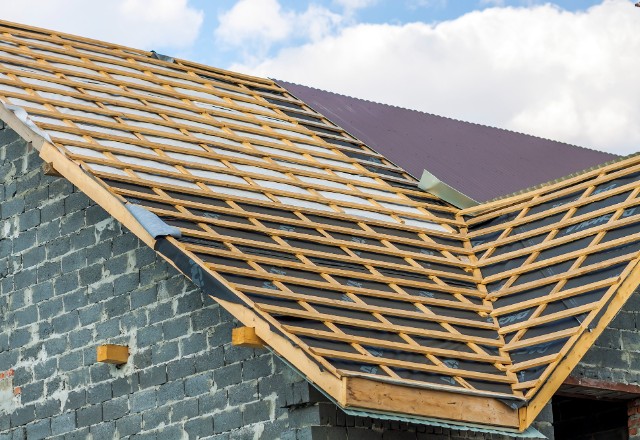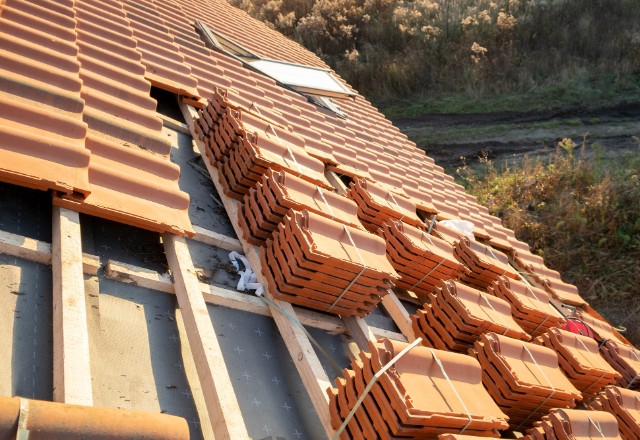Embarking on a roof replacement project can be a daunting task. With the right preparation, however, it can be a smooth and stress-free process. This comprehensive guide will walk you through each step, ensuring that your replacement project is executed flawlessly.
Disclaimer: The information provided in this article, is intended for general guidance and informational purposes only. It should not be considered as professional roofing advice for specific situations. Each project has its unique aspects and may require specialized attention. For personalized advice and solutions tailored to your specific roofing needs, we highly recommend consulting with experienced professionals. Please feel free to reach out to the experts at Advance Roofing LLC for dedicated assistance. Our team is always eager to provide support and help you navigate through your project with expertise. We have a longstanding reputation in the Spokane, WA area, consistently delivering roofing solutions of the highest quality with a commitment to excellence and customer satisfaction.
Choosing the Right Roofer
Every roofing project begins with a crucial step: selecting the right company. This choice lays the foundation for the success and quality of your entire roofing endeavor. To make the right choice:
- Verify Licenses and Insurance: Ensure that your roofing contractors are licensed and insured. This protects you from potential damage and liability.
- Compare Project Bids and Warranties: Don’t just look at the price. Compare the details of the bids, focusing on the type of roofing materials, the scope of work, and the warranties offered.

5 Steps for Preparing for Roof Replacement
- Prepare Home Roof, Access Paths and Territory: Clear the roof from decorations and accessories. Move away any patio furniture, potted plants and outdoor items from around your house to provide clear access. This prevents accidental damage to your belongings as a result of vibrations and ensures the safety of the roofing crew. During roofing work, park your vehicle away from the house to avoid accidental damage to your car from falling objects.
- Take Down Solar Panels and Satellite Dishes: Coordinate with your solar provider or satellite provider to have these items safely removed before the arrival of roofers.
- Trim Overhanging Trees: Cut back any branches that could interfere with the project. This reduces the risk of wood splinters and damage to the new roofing materials. Cut the grass to prevent it from trapping debris such as wood splinters, material offcuts, and nails.
- Arrange Alternate Accommodations: Depending on the scale of the project, consider staying elsewhere to keep your family and pets safe from construction noise and debris.
- Install Interior Protection: Cover items in your attic with plastic sheets to protect from dust and debris. Remove photos and paintings from walls. Pay special attention to delicate items and electrical outlets. You may also cover doors and windows with protective film.

Your Pre-Work Checklist
Before the roofing contractors arrive and start doing their job, there’s a crucial phase of preparation that can significantly streamline the replacement process. This pre-work checklist is designed to help you make informed decisions and set clear expectations, ensuring that everything is in place for a smooth and efficient project. From choosing the right materials to understanding the logistics of installation, each step you take now will pave the way for a successful roof replacement. Let’s dive into what you can do and consider in advance to prepare effectively for the arrival of professional team.
- Material and Style: Decide on the roofing material and style that best suits your home’s needs and aesthetic.
- Tear-Off and Disposal Process: Understand how the old roof will be removed and where the dump container or dump trailer will be placed, typically in the garage driveway.
- Needed Slope and Framing: Discuss with your company the slope and framing required for your new construction.
- Attachment Methods: Learn about the methods used to attach the new roofing material to the deck.
- Waterproofing and Ventilation: Ensure that proper waterproofing and ventilation measures are part of the roof installation process.
- Project Timeline: Get a clear timeline for the entire process, from the arrival of specialists to project completion.
- Bundled Services: Ask if there are any bundled services, such as roof photography or additional waterproofing.
- Payment Terms and Warranties: Understand the payment terms and what warranties are provided for the roof installation.

During the Re-Roofing Process
- Inspect Decking Condition: Monitor the condition of the roof deck for any potential damage or need for repair.
- Monitor Work Progress: Keep an eye on the progress from starting point to finishing touches and ensure that the roofing team is following the agreed-upon plan.
- Raise Any Concerns Promptly: If you have any additional questions or concerns about removing old material and new roof installation, address them with the professional roofer immediately. If you are unable to do this on-site, call or email your contractor.

Project Completion and Sign-off
- Conduct Final Inspections: Once the replacement is complete, inspect the entire roof and ensure all work meets your standards. Check if gutters are in place and not damaged.
- Review Warranties and Paperwork: Go over all warranties and paperwork provided by the roofing replacement company.
- Clear Debris and Equipment: Ensure that all construction equipment, debris, and extra materials are removed, leaving your property clean.
Conclusion
Careful preparation is key to a successful roof replacement project. By following this checklist, you can ensure that every aspect is handled with attention to safety, efficiency, and quality. Remember, a well-planned project not only protects your home but also provides peace of mind. With the right roofing professionals and a thorough approach, your new roof will be a valuable addition to your home.



 509-201-4190
509-201-4190
